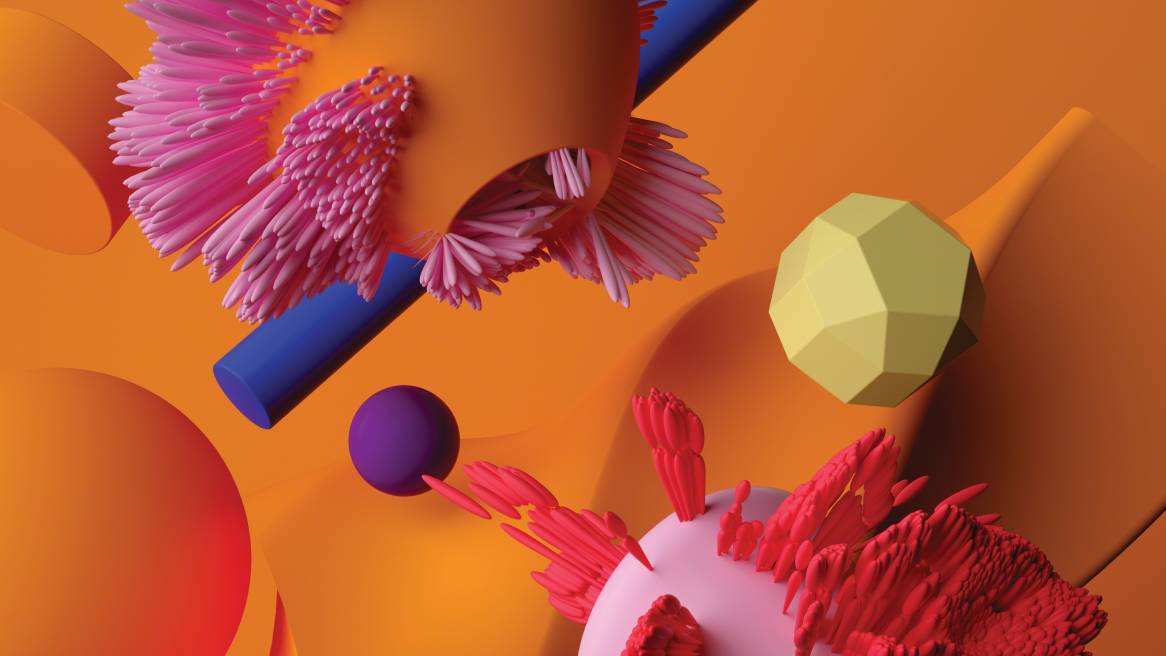Creating More with Less
How constraints can be a creator’s best friend
Blank page syndrome is real. It’s daunting to make something from nothing.
Luckily, we’re hardwired to take on a challenge—we take pleasure in solving puzzles. Limitations harness our highly-evolved problem solving and logic skills alongside our imagination and survival instincts. They give our tools a purpose. Just look around—we’re often at our creative best when we’re solving problems. In some places, this happens with little fanfare. In India, cheap, quick fixes for everyday problems are called Jugaad, a Hindi term for clever improvised solutions. Think a broken car door handle replaced with a fork, a two-liter bottle cut in half as a planter or a milk crate converted to a kid’s bicycle seat—lifehacks India-style. Websites collect amazing Jugaad. There’s even a documentary film, “Supermen of Malegaon,” about making a blockbuster superhero movie with improvised everything, including a homemade green screen on the street for shooting special effects. Today, global companies look to Jugaad’s frugality and flexibility as inspiration for innovation.
Limitations harness our highly-evolved problem solving and logic skills alongside our imagination and survival instincts.
In outer space, there’s no hardware store, so ingenuity is a must. NASA astronauts have duct-taped a broken lunar rover fender and repaired a stuck power module on a space walk with a modified toothbrush. In 1973, NASA whipped up a solar sunshade overnight on earth to send up the next day with astronauts to repair SkyLab. What can businesses learn from this kind of agility?
Constraints can feed creativity — literally as well as figuratively. An unlikely mecca of “locavore” cuisine (which encourages us to eat what’s grown closer to home) emerged in Copenhagen, Denmark. Noma, a local restaurant, developed a menu based on geography, featuring delicacies created from foraged and indigenous ingredients sourced mainly from the wilds of Norway— scurvy grass, samphire, beach beets, arrowgrass—some not unlike what Vikings ate. With unusual flavors like smoked bone marrow, wood ants and sea cucumber—plus trusty local fish, Noma set the culinary world on fire.
Artists and designers see the benefits of limitations—even self- imposed. Economic constraints can lead to creative problem solving and ingenious ideas. In a quest for record sales, Motown Records used an in-house band and team of songwriters on its singles and recorded them upstairs from its offices—all for efficiency and quality control. Its inventive engineers maxed out the possibilities for analog technology on complex recordings. The result? An unmistakable signature sound.
Punk rockers exploited the cheap and available medium of Xerox art and collage for their handbills, even record sleeve designs, resulting in an organic visual expression of its DIY ethic. It’s still influential today.
When architect Richard Meier refers to each limitation as an “opportunity,” he’s onto something.


